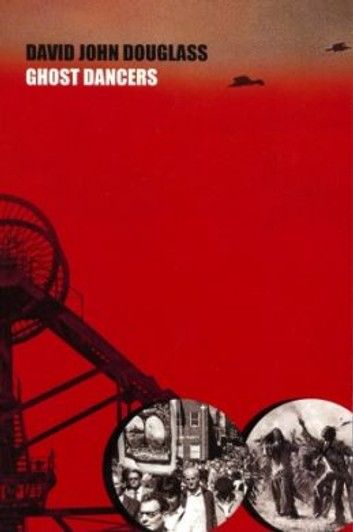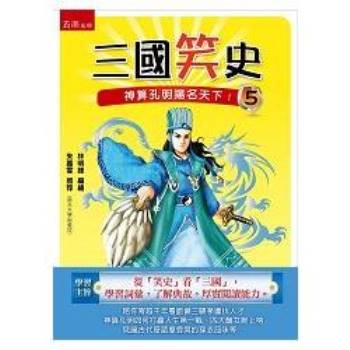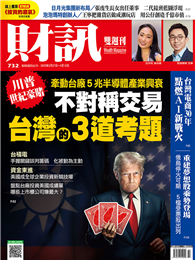The definitive history of the great coal strike of 1984/85 and the background to it, this book explodes all the prevailing myths around that epic period, and corrects the inaccuracies in dozens of books previously penned by academics and journalists. Written by a participant at the sharp end of that struggle, it uniquely deals with the post-strike period, which hitherto no other writer has attempted to describe, nor any commentator understood. It portrays the efforts of the miners to stay in the ring and stay on their feet, in the run-up to the John Major assault in ’92/’93 and the last stand of the miners as a social force. The book reveals the harsh internal relations within the NUM in the post-strike years, set against a backdrop and commentary on other world and domestic events like the Poll Tax, the Gulf War, and the Good Friday Agreement. Inevitably, it addresses the role of Arthur Scargill both during and after the strike — which in the author’s view displays two distinct and conflicting aspects of his leadership. However, Dave shows how the central role in both periods was that played by the miners themselves, organised in their Union. Nor has Dave sought to exclude those smaller, more personal aspects that intersect this trajectory and link the personal to the political, the major to the minor. Though it is not written in the style or with the pretensions of academic neutrality, this book will be an essential reference for any serious academic study in the future. The title of this work, Ghost Dancers, is inspired by the last stand of the Native American Indians in their efforts to retain their culture and dignity, and by the Durham Miners’ Gala as a mining equivalent of that same endeavour. The book records the last stand of the last generation of pitmen and their communities.
Dave Douglass is a long-standing and well-known member of the NUM in the Durham and Doncaster coalfields. He was a coalminer for 40-plus years and a branch official of the Union for 25 years, as well as a member of its Yorkshire Executive during its most testing and dynamic period. He remains a full member of the NUM and is still active in the internal affairs of the Union, as well as being one of its more public and well-known representatives and a published author and historian of the coal communities.











